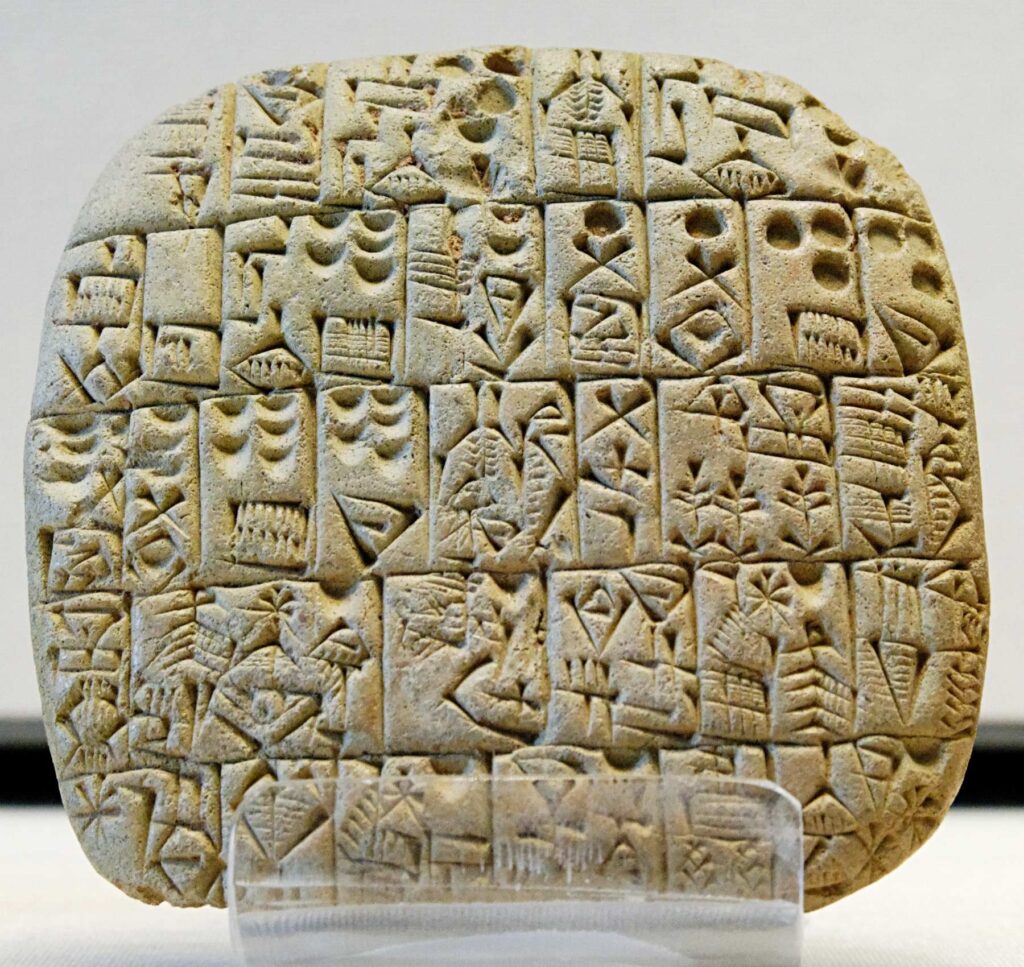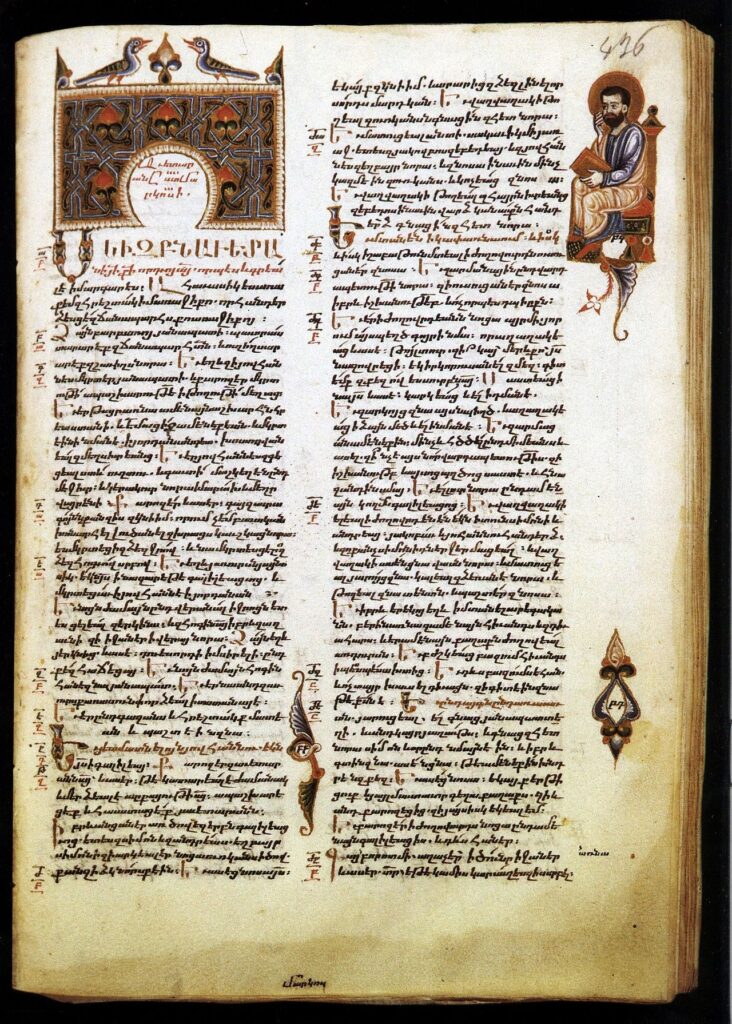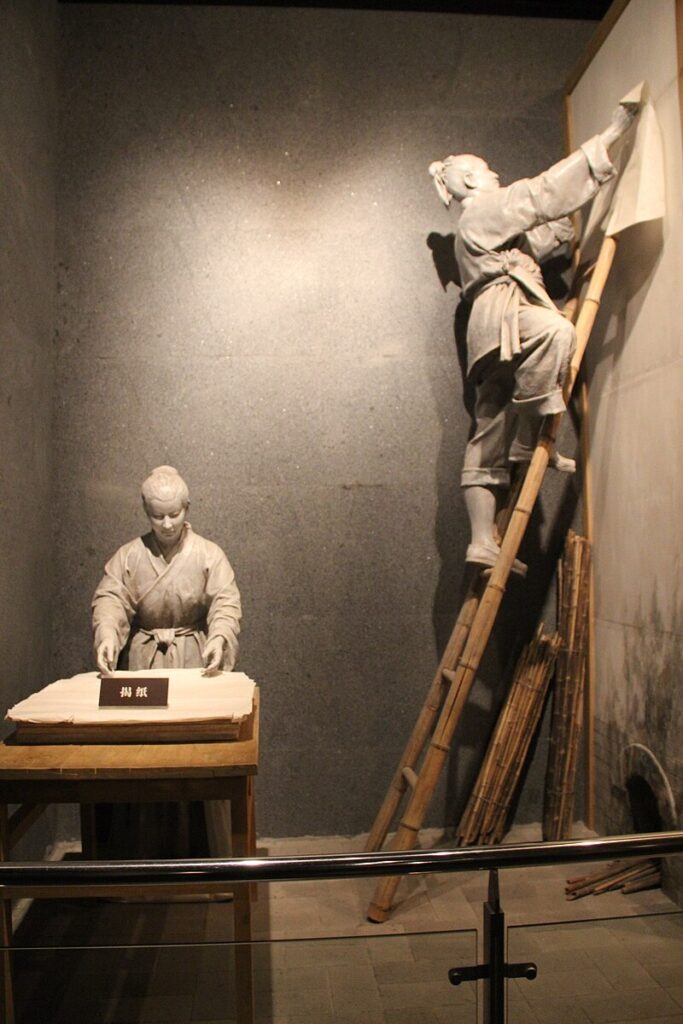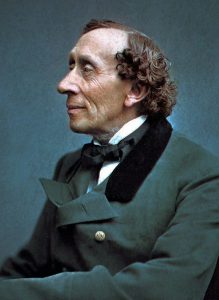Long before the advent of the printing press, books were crafted by hand, serving as vital vessels of knowledge, culture, and ideas. The clay tablets of Mesopotamia, the papyrus scrolls of Egypt, each civilization developed its unique methods of creating and disseminating literature, reflecting their values and intellectual pursuits. The practices of ancient scribes and the means of distribution, we gain invaluable insight into how these early texts influenced thoughts, beliefs, and societal structures that continue to resonate today.

Image by Petra from Pixabay
Table of Contents
Early Writing Systems


Image from Wikimedia
The saga of book publishing has its roots entwined in the dawn of civilization, tracing back to around 3500 BC in the ancient lands of Mesopotamia. The Sumerians, a resourceful people, innovating the first writing system—cuneiform. This remarkable method involved pressing a stylus into soft clay, creating a series of wedge-shaped marks that formed a textured tableau of language. These clay tablets not only held practical information but also became treasures of human thought, carrying stories, laws, and commerce into the annals of time.
As the Sumerians etched their scripts, the ancient Egyptians were honing their own writing system—hieroglyphics. Imagine a vibrant world filled with intricate symbols, each depicting a world of ideas and beliefs, meticulously inscribed onto smooth papyrus reeds. Papyrus, a precursor to modern paper, was the medium that would carry the weight of religious devotion, administrative records, and captivating tales. The hieroglyphs danced across the scrolls, telling stories of gods, pharaohs, and the afterlife, illuminating a civilization’s heart and soul.
These early writing systems were not merely tools; they were revolutionary portals of communication, enabling societies to record and share their histories, laws, and creative expressions. By immortalizing thoughts on durable materials, the Sumerians and Egyptians laid the groundwork for knowledge preservation, setting the stage for future generations. As cuneiform and hieroglyphics flourished, they transformed the way humanity interacted with its past and envisioned its future.
The journey of book publishing emerged, spurred by these early innovations. The soft clay tablets of Mesopotamia and the delicate scrolls of ancient Egypt, writing evolved into a powerful medium, fostering literacy, culture, and connection. It is a testament to the enduring human desire to share stories and ideas—a journey that continues to unfold, echoing through the ages.
Manuscript Production


Image from Wikimedia
In the ancient civilizations, the notion of mass production as we know it today was yet to dawn. The art of manuscript production was an exclusive and labor-intensive process, marked by the careful hands of skilled scribes, who were revered figures in their societies. These dedicated professionals infused their work with a blend of artistry and reverence, crafting each book with painstaking attention to detail.
In the sun-drenched temples of Egypt, scribes wielded reeds, delicately painting intricate hieroglyphs onto sheets of papyrus—one of the earliest forms of writing material. Each stroke was a dance of precision, as these scribes captured the essence of their culture’s lore, history, and religion. The papyrus, harvested from the Nile’s shores, transformed the raw materials of nature into vessels of knowledge, preserving thoughts for generations to come.
In the fertile crescent of Mesopotamia, a different method took shape. Here, scribes employed the art of cuneiform, a system where they meticulously carved symbols into soft clay tablets using pointed styluses. This process was far from simple; it required not only skill but also a deep understanding of the language and context. Each tablet encapsulated legal codes, trade records, and literary works, forging an unbreakable link between past and future.
Across Asia, the innovative spirit of ancient China birthed the revolutionary technique of woodblock printing. Early dynasties, eager to spread knowledge, carved intricate images and text onto wooden blocks. After inking these carved surfaces, they pressed them onto paper, a transformative leap in the dissemination of information. This method was the seed from which modern printing techniques would eventually sprout, laying the groundwork for mass communication.
The meticulous artistry of these early scribes, was a labor of love, a precious artifact of human knowledge, painstakingly created in an era devoid of the mechanization that would come centuries later. Each document was a testament to the dedication and skill of those who believed in the written word, shaping the way we convey stories and wisdom to this very day.
Distribution Channels: A Window into Ancient Book Circulation
In the ancient world, the distribution of books was a realm of mystery and limited accessibility, starkly different from the digital libraries of today. Imagine a time when a book was not just a collection of pages but a rare treasure, often confined to the stone walls of religious institutions or the lavish libraries of elite households.
Take Alexandria, for example—a beacon of learning and knowledge during its heyday. Here, amidst the hustle and bustle of the marketplace, lay the Great Library, a monumental edifice that served as a sanctuary for the written word. It housed scrolls and texts from various cultures, carefully collected by scholars who sought to preserve wisdom. This library was not merely a building; it was the heartbeat of intellectual exchange, where ideas flowed freely, but only for those privileged enough to enter.
The manuscripts within these sanctuaries were often painstakingly handwritten, making each scroll a unique artifact. Unlike today’s printed copies, these texts bore the mark of their transcribers, each letter imbued with the scribe’s energy and intent. Consequently, the distribution channels were narrow, typically flowing through the hands of merchants and traders who would risk their lives to transport these precious items across vast and often treacherous terrains.
A trader setting out on a journey, laden with scrolls tucked securely in his pack. His route might lead him through bustling market towns, secretive monasteries, or even wealthy households eager to expand their collections. Each exchange was a moment of cultural fusion, as texts from one region mingled with ideas from another, creating a tapestry of human thought that transcended geographical boundaries.
But this circulation was not just about geographical spread; it was about the people who engaged with these texts. Scholars, philosophers, and curious minds would gather, sharing knowledge and interpretations, fostering a community enriched by these written words. In this way, the distribution of books—not facilitated by the ease of the printing press or the internet—was a thoughtful, albeit limited, process that demanded not just effort, but passion.
In this age of limited distribution, books were more than just reading material; they were keys to worlds unknown, whispers of wisdom waiting to be discovered, each turning of the scroll a step deeper into enlightenment.
The Role of Religion


Image by wastedgeneration from Pixabay
The influence of religion on the publication and distribution of texts, highlighting how spirituality and literacy intertwine. A time when knowledge was not easily accessible, when books were rare treasures meticulously crafted by hand. Sacred writings were of paramount importance, serving not just as spiritual guides but as vital links to societal norms and cultural identity.
For instance, the Vedas in ancient India. This revered collection of hymns and philosophies wasn’t merely a set of religious texts; it was the cornerstone of an entire civilization’s belief system. Monks and scholars dedicated their lives to copying these manuscripts with immense precision, guided by an intense sense of devotion. As they meticulously inscribed each letter, they understood they weren’t just preserving words but safeguarding the very essence of their culture for generations to come.
Similarly, in the realm of early Christianity, the Bible emerged as a transformative force. Monks in cloisters often spent countless hours in dimly lit scriptoriums, laboriously reproducing manuscripts. Each copy required painstaking attention to detail, as any mistake was viewed as a lapse in piety. This solemn dedication ensured that the message of Christianity spread far beyond its origins, reaching communities that would embrace its teachings.
The very act of copying these texts was a blend of artistry and reverence. Illustrations adorned the margins, not merely embellishing the words but enriching the reader’s experience, drawing them into a deeper engagement with the material. The distribution of these sacred writings, facilitated by the burgeoning network of monasteries and churches, acted like a spiritual post office, ensuring that even the most remote communities had access to profound wisdom.
This clerical dedication laid the groundwork for future publishing norms. As the printing press emerged centuries later, the influence of these early religious practices lingered. The meticulous care applied to preserving sacred texts transformed into the principles of modern publishing—accuracy, preservation, and dissemination.
In essence, the role of religion in the publication and distribution of texts extends far beyond mere ink on paper; it is a narrative of faith, dedication, and the relentless pursuit of knowledge. The legacy of these early efforts echoes in today’s literary landscapes, where the written word continues to hold transformative power. Religion, in shaping these practices, didn’t just preserve ideas; it propelled human thought into the future.
Innovations in Paper and Printing


Image from Wikimedia
Knowledge is locked away in elaborate scrolls or scarce parchments, accessible only to the wealthy and learned. This was the reality before the groundbreaking invention of paper in China during the Han Dynasty, around the 2nd century AD. This seemingly simple creation was nothing short of a miracle. Crafted from mulberry bark, bamboo, and hemp fibers, the new material was lightweight, versatile, and, perhaps most importantly, affordable. Suddenly, the barriers to knowledge began to crumble.
As paper replaced cumbersome materials like silk and wood, literacy flourished across Chinese society. No longer confined to the elite, books became accessible to a wider audience. Families began to cherish their newfound ability to read, sparking a cultural renaissance of ideas and education that echoed throughout centuries.
Fast forward to the 15th century, when the world would see another seismic shift in the realm of printing. Enter Johannes Gutenberg, a brilliant inventor from Mainz, Germany, who unveiled the printing press—a marvel of engineering that transformed the very fabric of society. A machine capable of printing multiple copies of a text in a fraction of the time it took to handwrite a single book. Gutenberg’s invention utilized movable type, allowing printers to rearrange letters and reuse them, revolutionizing the efficiency of book production.
The impact was profound. Within years, books became a staple in households across Europe—not just for the affluent, but for the middle class and beyond. The printed word spilled into cafes, schools, and homes, fuelling curiosity and debate. Ideas spread like wildfire, paving the way for the Renaissance, the Reformation, and an age of enlightenment.
With each turn of a page, knowledge became democratized. Literacy rates soared as schools emerged to educate the eager masses, igniting a collective consciousness that would shape modern society. Innovations in paper and printing had created a world where ideas could flow freely—a legacy that continues to flourish today.
Both paper and the printing press stand as monumental achievements, forever altering the way we share, consume, and treasure knowledge. The journey from fragile scrolls to printed books illustrates not just technological advancements, but the profound human desire to connect, learn, and grow.
Conclusion
The origins of book publishing and distribution in ancient civilizations highlight a complex interplay between technology, religion, and culture. From clay tablets to papyrus scrolls, these early methods laid the foundation for the modern publishing industry, demonstrating humanity’s unyielding quest for knowledge and communication. As we explore this rich history, we can appreciate the transformative power of the written word in shaping societies.


































